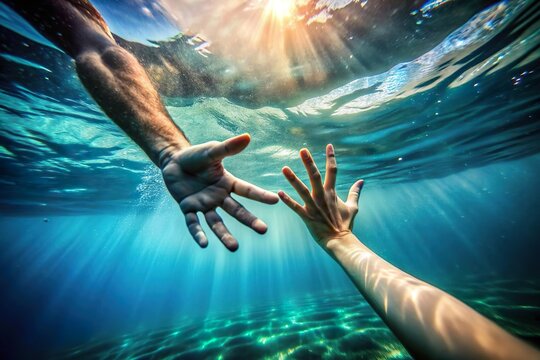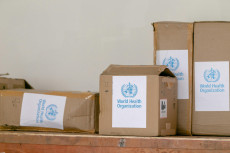- Today, July 25, marks World Drowning Prevention Day. The day is set aside to raise awareness about one of the world’s deadliest but most silent killers.
- The observance encourages governments, organizations, and individuals to work together in making water safety a shared priority.
July 25 marks World Drowning Prevention Day, a global observance recognized by the United Nations (UN) and the World Health Organization (WHO) to shine a spotlight on a public health crisis that claims hundreds of thousands of lives annually.
The day is set aside to raise awareness about one of the world’s deadliest but most silent killers —drowning.
According to WHO, more than 3 million people have lost their lives to drowning over the past decade, with the vast majority being children and young people. That means roughly 320,000 people drown every year—often in seconds, and without warning.
It’s a tragedy that cuts across continents and communities, quietly devastating families and robbing them of futures that could have been prevented.
World Drowning Prevention Day was first established by the UN as part of a growing international effort to recognize and tackle drowning as a serious but often overlooked global concern.
Read More
The commemoration encourages governments, organizations, and individuals to collaborate in making water safety a shared priority.
For many people, drowning feels like a distant or rare event. But in reality, it happens everywhere—from oceans and rivers to backyard pools, water tanks, and even bathtubs. In low- and middle-income areas, where access to swimming lessons, lifeguards, and safety infrastructure is limited, the danger is especially high.
Many children live near open water bodies or walk long distances to school through flood-prone areas, often without adult supervision. Drowning is one of the leading causes of death among children and young people worldwide, with high concentrations in Southeast Asia and Sub-Saharan Africa.
But the good news is that drowning is entirely preventable. One can consider the following preventive measures, which include teaching children how to swim and float, as well as installing barriers and fencing around wells and ponds.
Furthermore, supervising young children at all times near water, training communities in rescue and first aid, creating national water safety strategies and educating the public also play a huge role in turning awareness into action.
World Drowning Prevention Day is a chance not just to mourn those we’ve lost, but to act for those we can still protect. It’s a call to treat water with the same caution we give to fire or electricity—something that offers life, but can just as easily take it away.
Whether it’s by learning Cardiopulmonary resuscitation (CPR), supporting swimming programs, or simply keeping an eye on loved ones near water, everyone has a part to play. Because one life lost to drowning is one too many. And millions already have been.


-1767174925-md.jpg)





-1767174925-sm.jpg)



